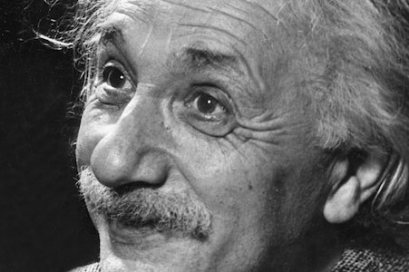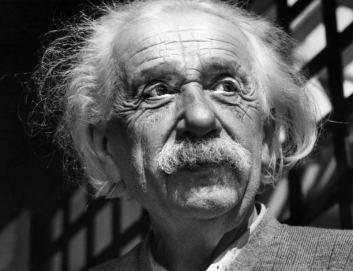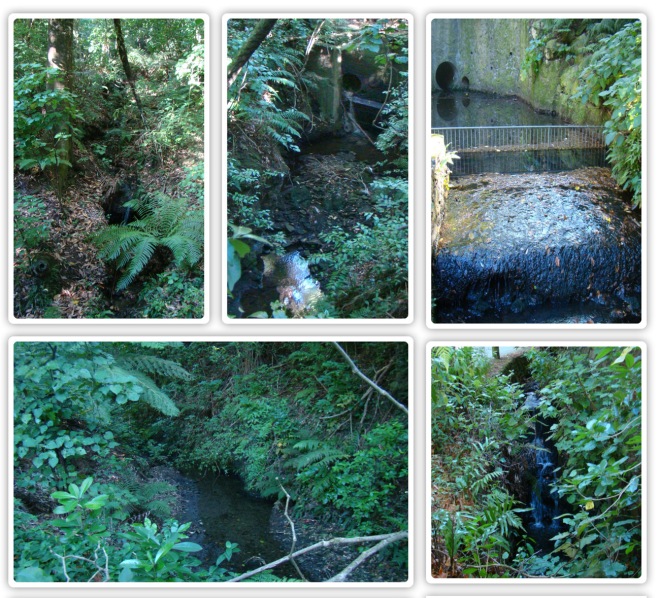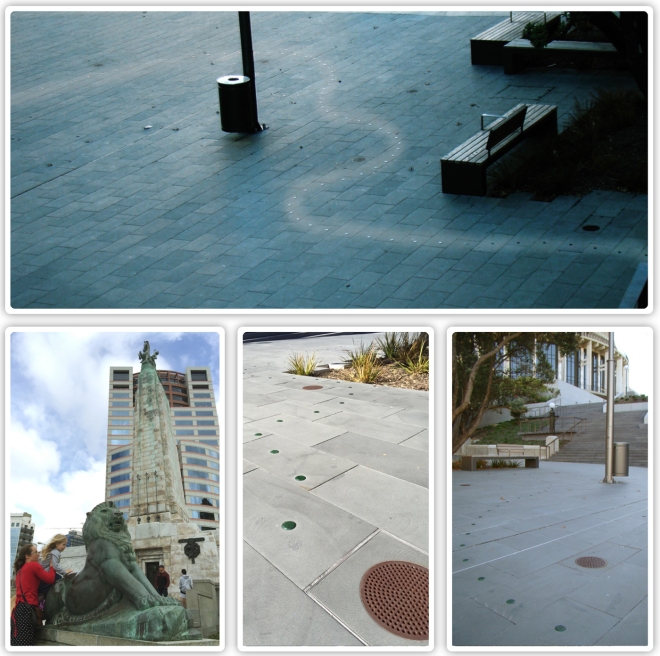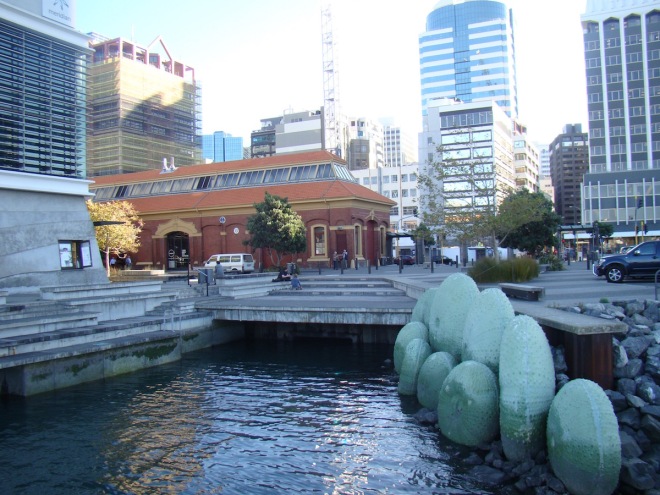The Hidden Streams of Wellington: the Waitangi Stream
The foreshore of Wellington Harbour – Te Whanganui-a-Tara – has borne a lot of dramatic changes in its history, even over the last 100-150 years. This is what the Te Aro foreshore looked like in 1860 and 1900. You can see in the right of the upper photo, the Willis Street and Manner Street intersection. Bond Street is on the left, bordering the beach. In the distance, below Mount Victoria, you can see the wetlands of the Waitangi Stream.
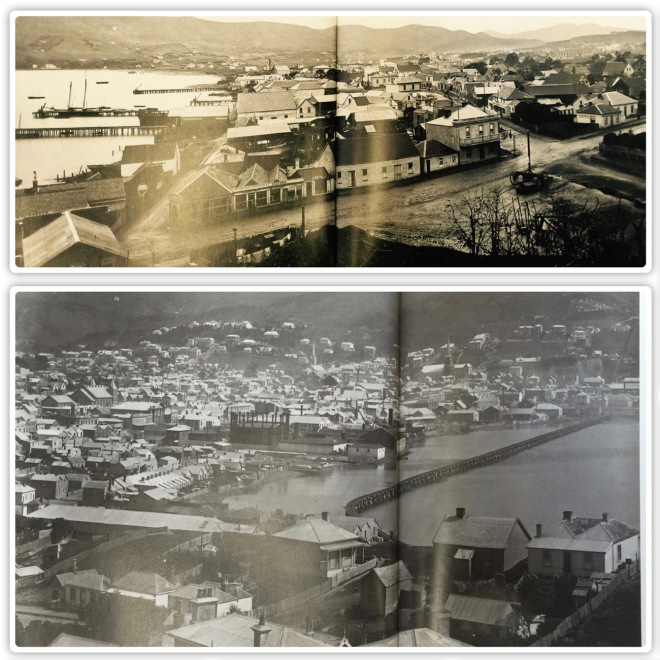
By 1900, Waitangi Stream is underground and the sprawl of Te Aro, the brickworks, the abatoirs, the gas works – many commentators named it a ‘slum’ – was a epidemic.
By the time I was resident it Wellington, Te Papa was built, and the site between that museum and Oriental Parade was a wasteland. Someone in the WCC had the foresight of renovating this land for a park – Waitangi Park. The streams that used to be underground was chanelled into a wetlands area with native reeds and rushes, flax and short shrubs – basically, a formal/informal ‘natural’ area.
The park is a brilliant success. Many people play soccer or picnic and every so often a festival or a circus set up camp on the ground. But what is most impressive it the way the stream has revitalised the environment. The site was a boggy, stinky mess – now the stream flows refreshed to the harbour.
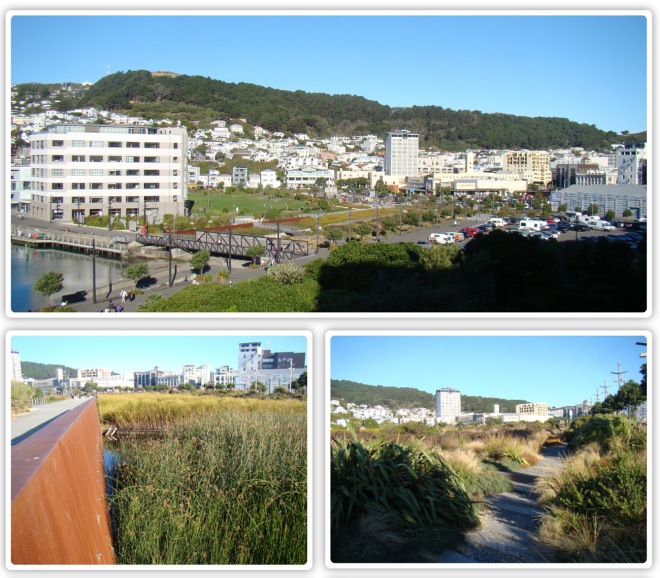
Apparently, the native fish and eels travel up the stream, and the culverts and pipes beyond that, to spawn in Prince of Wales Park, about 2kms away. At least their egress and exit from the harbour is much improved!

